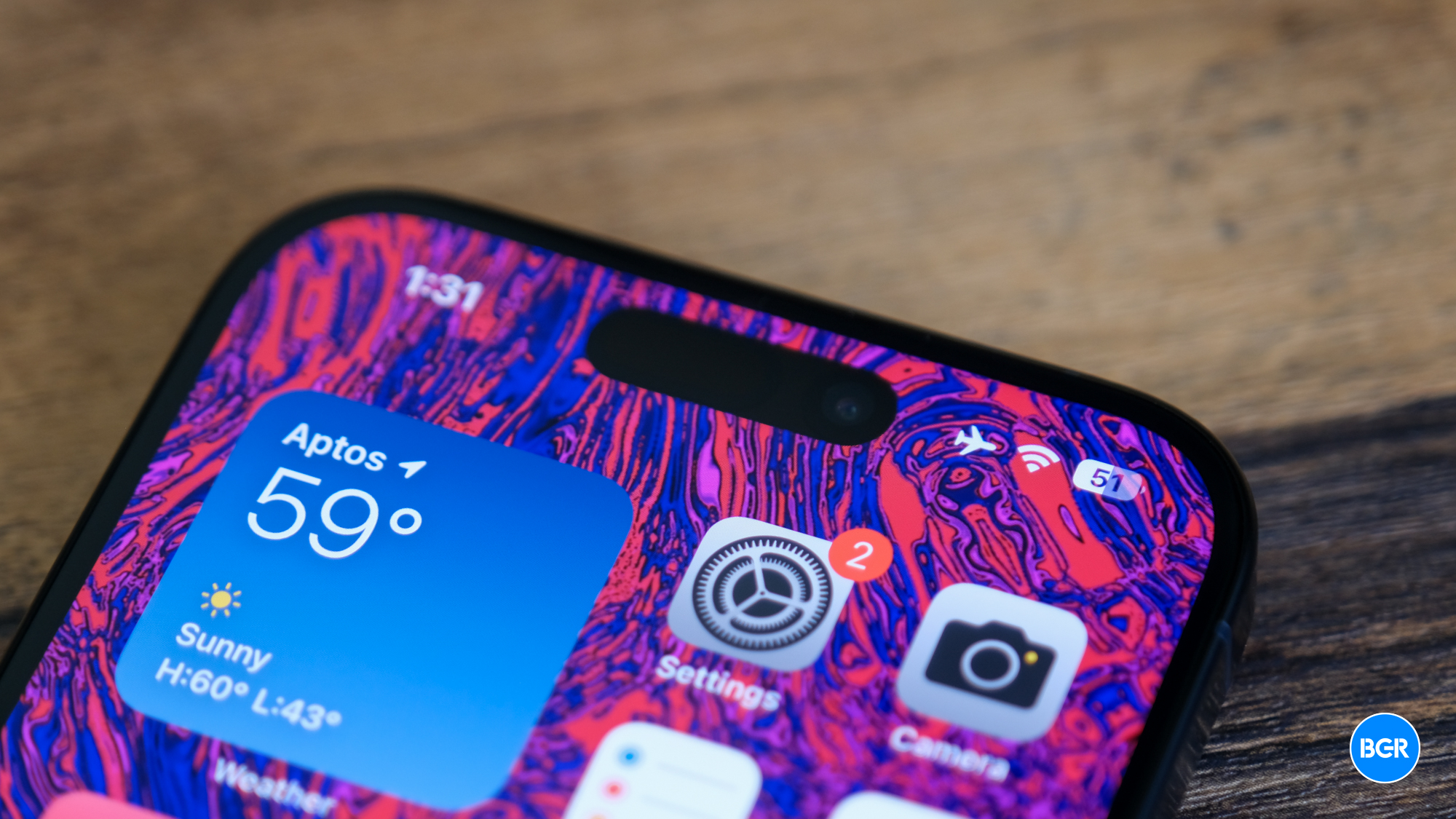The European Commission (EC) is currently investigating several big tech companies for how they comply with the EU’s new Digital Markets Act (DMA) legislation. Unsurprisingly, Apple is one of them. Apple’s proposed DMA-related changes have seen pushback from some developers and competitors, and the EC is very keen to demonstrate that it won’t tolerate non-compliance from any company, no matter how big.
But the EC thinking that Apple should allow users to uninstall the iPhone’s Photos app proves that these lawmakers have little understanding of how a phone works, and why certain apps can’t be deletable just for the sake of opening up a platform to competition and giving a user more choices.
The investigation
I’ve already explained why the EC is investigating Apple, and the Photos app didn’t come up in the initial announcement. The Commission doesn’t like how Apple (and Google) makes developers link to offers outside their app stores. The default browser choice on iPhone is also part of this DMA investigation. Then, Apple’s Core Technology Fee (CTF) caught the interest of the EC.
So, where does the Photos app come into all of this? Here’s the language the EC used to describe app default choices on iPhone:
The Commission has opened proceedings against Apple regarding their measures to comply with obligations to (i) enable end users to easily uninstall any software applications on iOS, (ii) easily change default settings on iOS and (iii) prompt users with choice screens which must effectively and easily allow them to select an alternative default service, such as a browser or search engine on their iPhones.
The Commission is concerned that Apple’s measures, including the design of the web browser choice screen, may be preventing users from truly exercising their choice of services within the Apple ecosystem, in contravention of Article 6(3) of the DMA.
The first paragraph basically covers the Photos app and any core iOS app on iPhone. But I didn’t think it would actually refer to apps like the Photos app. Instead, I figured it was about the Safari browser, the email app, and the navigation apps. You know, things where it would make sense to have alternative options.

But comments that Margrethe Vestager made concerning the investigation, picked up by John Gruber, specifically mention the Photos app:
The third one relates to the objective of the DMA to open closed ecosystems to enable competition at all levels. Under Article 6(3) of the DMA, gatekeepers have an obligation to enable easy uninstallation of apps and easy change of default settings. They must also display a choice screen. Apple’s compliance model does not seem to meet the objectives of this obligation. In particular, we are concerned that the current design of the web browser choice screen deprives end-users of the ability to make a fully informed decision.
Example: they do not enhance user engagement with all available options. Apple also failed to make several apps un-installable (one of them would be Photos) and prevents end-users from changing their default status (for example Cloud), as required by the DMA.
I’ll never replace Photos with something else
I’m a European who will “benefit” from the DMA, but I can’t believe things have come to this. Uninstalling the default Photos app is so stupid. It’s where all my photos and videos go. The same goes for screenshots. It’s where I receive photos that other iPhone users might AirDrop to me. And where I save pictures from social media and chat apps.
I trust the security and privacy of the Photos app implicitly because it’s made by Apple. I would never want to replace it with anything else. Who would even want to make a Photos alternative for iPhone? If you say Google Photos, that’s a different type of product, one that relies on the cloud. It’s different than managing photos on the iPhone itself.
Google makes money from cloud storage, just like Apple. But would anyone build a Photos equivalent for iPhone without the expectation of monetizing it?
By the way, the default Photos app isn’t free. When you buy an iPhone, that money covers the cost of iOS and all of its apps.

Sure, the DMA can force Apple to be more open when it comes to backing up photos to the cloud. If you don’t want to do it via iCloud, there are other ways. You can do it right now with Google Photos or other apps, and the DMA doesn’t have to be involved.
Furthermore, as Gruber points out, uninstalling Photos would cause massive headaches for Apple. The app is built into the operating system in such a way that it would take a colossal effort to make it removable:
This is integrated throughout the entire iOS system, with per-app permission prompts to grant differing levels of access to your photos. Vestager is saying that to be compliant with the DMA, Apple needs to allow third-party apps to serve as the system-level image library and camera roll. That is a monumental demand, and I honestly don’t even know how such a demand could be squared with system-wide permissions for photo access.
Again, I would not trust any Apple competitor with a Photos equivalent. Never in a million years. The same goes for any smartphone vendor and their default photo library apps.
Maybe the EC should design their own Photos app for iPhone and Android. Or perhaps they should build their own smartphone and see if they can comply with their own DMA rules.








